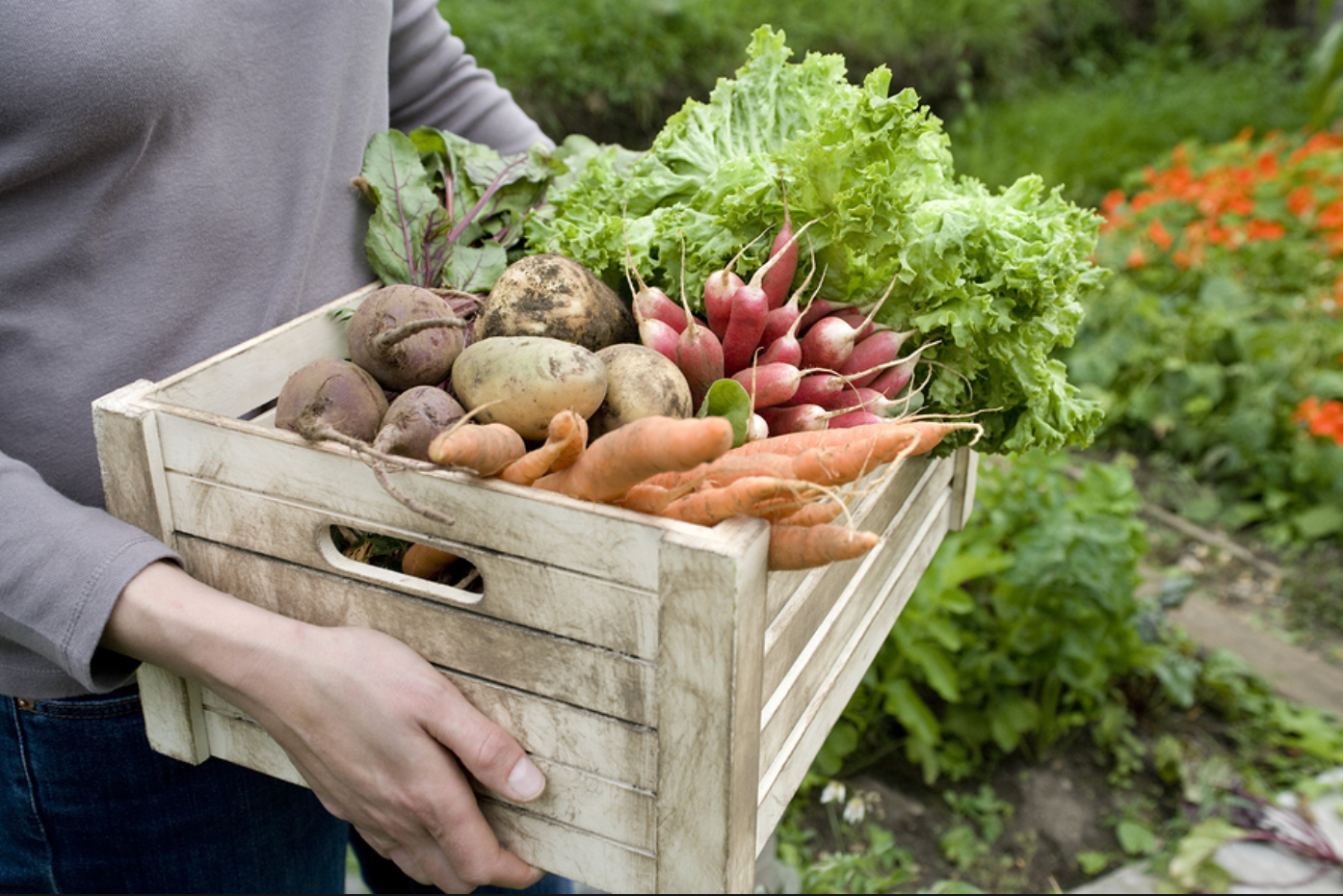Vegetables and fruits arguably play the most important role in the Italian diet. This sentiment may surprise eaters in the United States, whose primary exposure to Italian food may often be greasy, Americanized versions of pasta and pizza. If we trace Italian food back to its source, we find that diets in Italy are much richer in market fresh vegetables and fruits than mountains of pasta.
In Italy, the Mediterranean diet is the most commonly consumed diet. This diet is regarded by nutrition expertsas the gold standard in preventing chronic disease. The health of this diet is thought to be caused by the daily combination of fresh vegetables and fruits with the social context that promotes healthy activity levels and dining as a family. Italians are likely to spend more time and money on meal preparation than Americans, and selecting ideal ingredients is a major component of their meal-making process.
By placing an emphasis on the quality of the ingredients in their food, Italians frequently have a more personal connection with their produce than we have in the United States. Through purchasing top-notch, fresh, local produce, Italians ensure that their meals are antioxidant and anti-inflammatory-rich. Although Italians are much more likely than Americans to consume foods for pleasure and taste rather than health, the vegetable-rich dishes in Italian are often healthier than processed foods found in American homes.
Italy is internationally renowned for its lush tomato sauces, its impressive olive oil industry, and its phenomenal wines. Yet sugar beets, citrus fruits, nectarines, peaches, lettuce, and artichokes are all examples of fruits and vegetables that also dominate the Italian landscape. The country has over 25 million acres of farmland, making it a fertile ground for growing the staple ingredients for their beloved cuisine.




